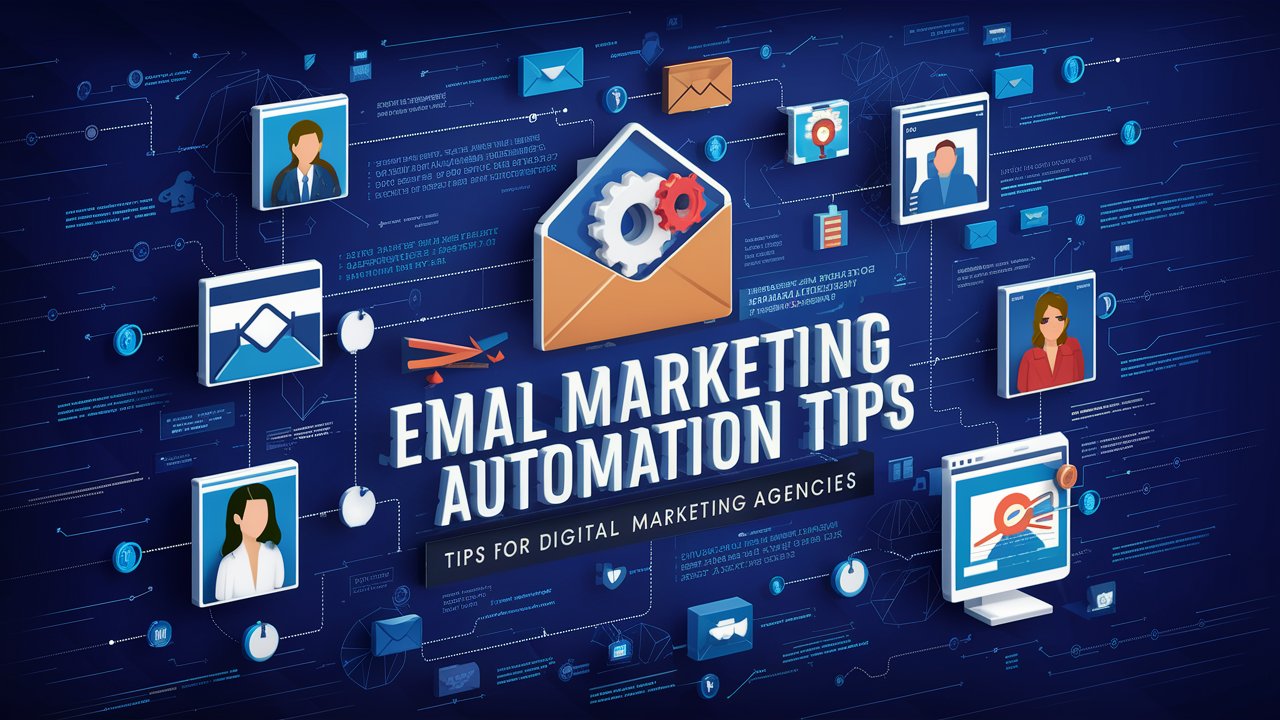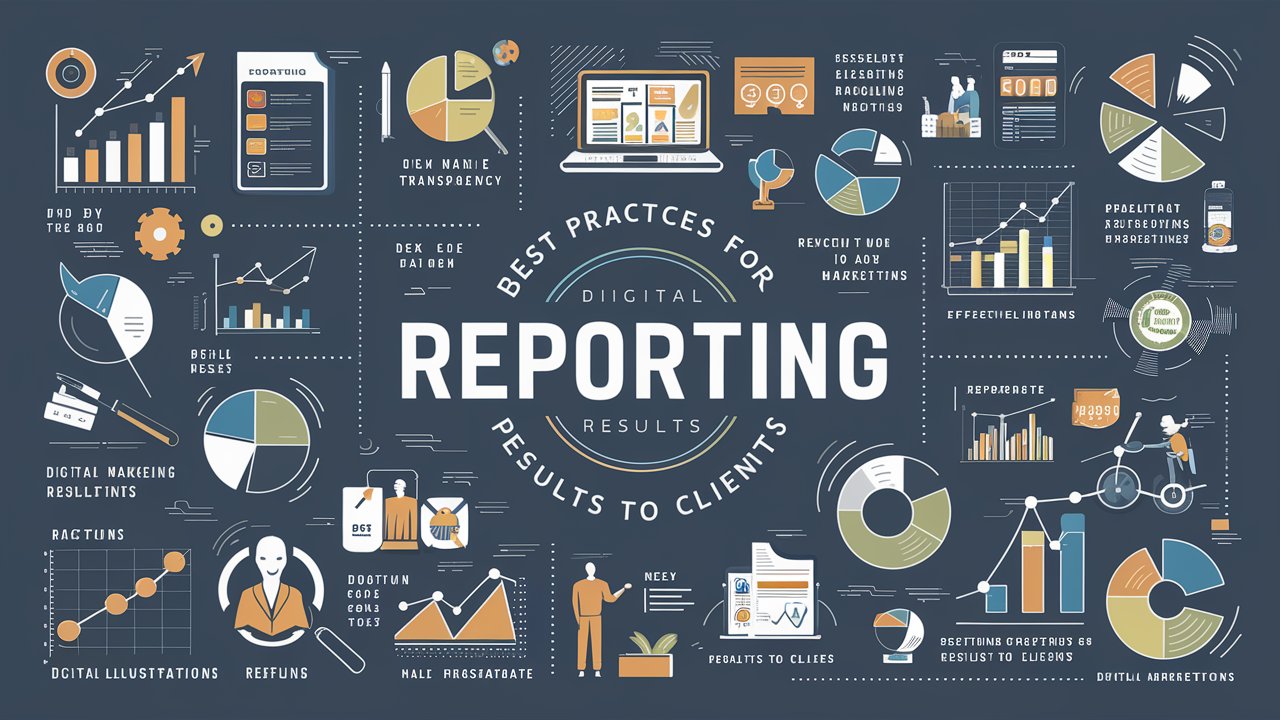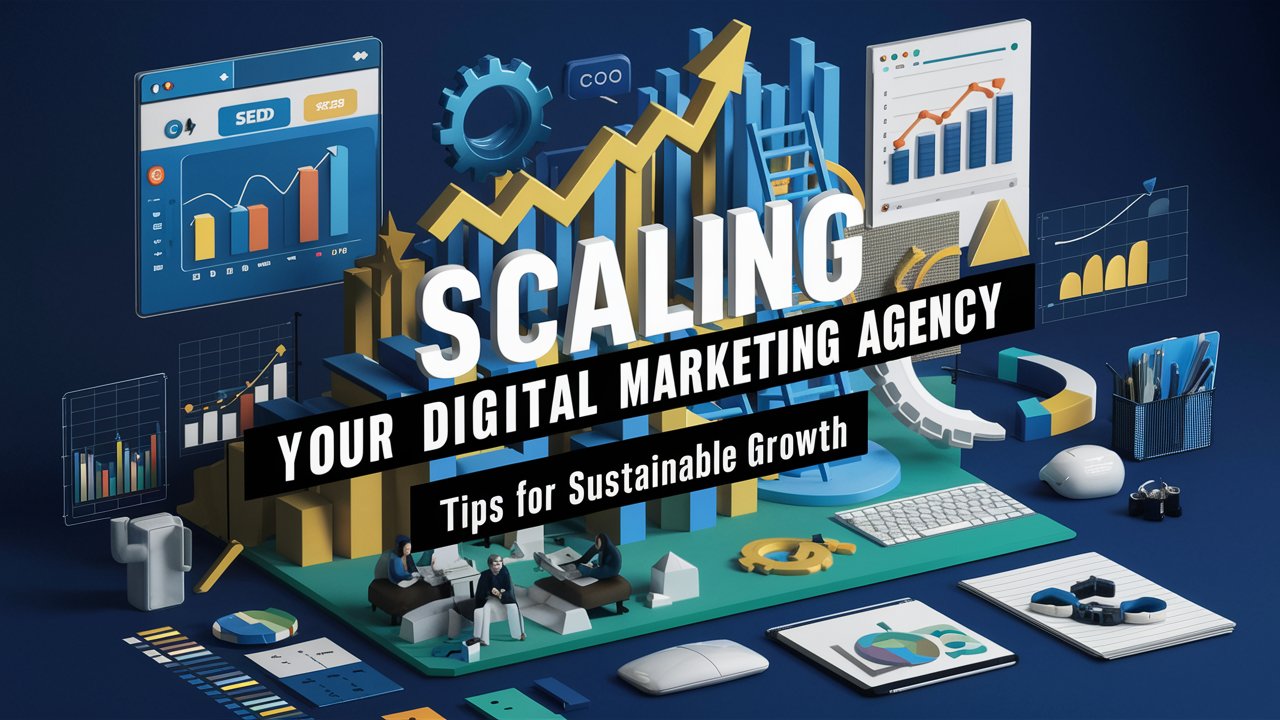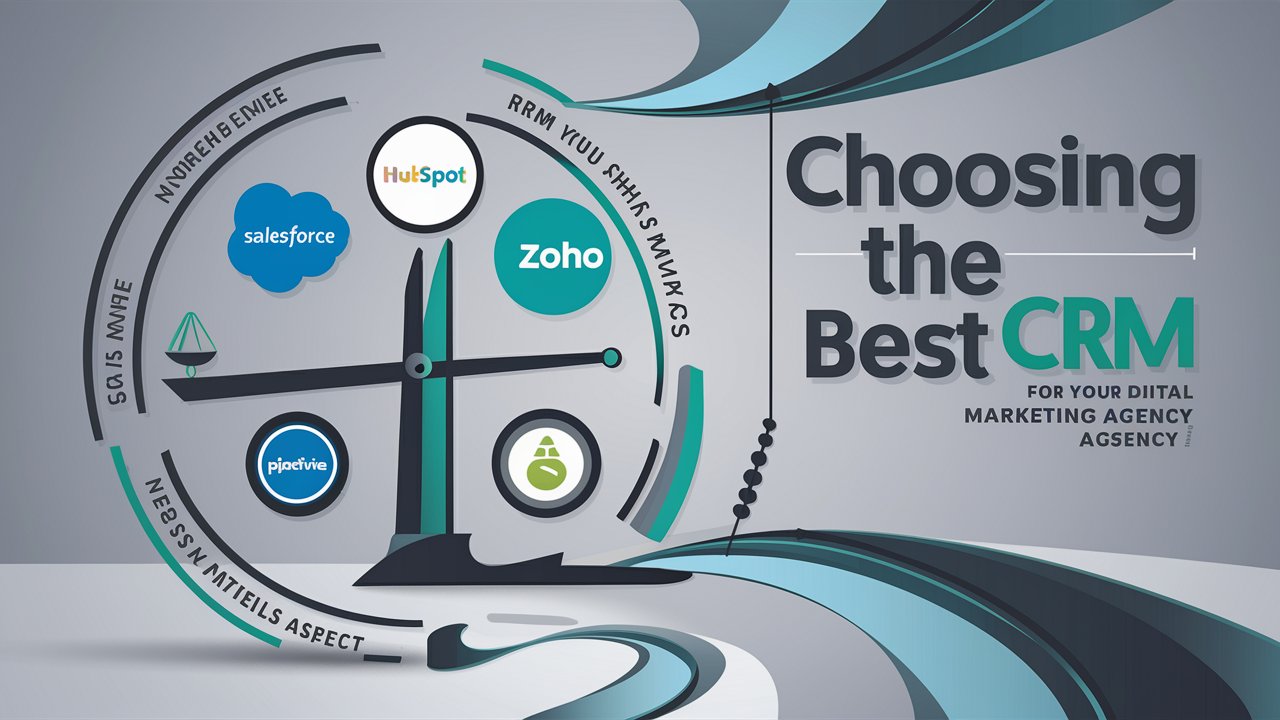In the fast-paced world of digital marketing, email marketing automation can be a game-changer for agencies looking to enhance client engagement and boost conversions. By leveraging automation, agencies can streamline their communication processes, deliver timely and relevant content, and ultimately drive better results for their clients. In this comprehensive guide, we’ll explore essential tips and strategies for effectively implementing email marketing automation to maximize its impact for your agency.
1. Define Clear Objectives for Your Email Campaigns
Keyword: Email Campaign Objectives for Agencies
Before diving into automation, it’s crucial to define clear objectives for your email campaigns. This helps in crafting focused and effective automated workflows.
- Set SMART Goals: Identify Specific, Measurable, Achievable, Relevant, and Time-bound goals for your email campaigns. Examples include increasing open rates by 20% or boosting click-through rates by 15%.
- Segment Your Audience: Understand your audience segments and their unique needs. Tailor your automation strategies to address different segments effectively.
Example Objective: “Increase client onboarding engagement by 30% through a series of automated welcome emails.”
2. Build Targeted Email Lists with Advanced Segmentation
Keyword: Email List Segmentation for Agencies
Effective segmentation is key to successful email marketing automation. By segmenting your email lists, you can deliver personalized content that resonates with each recipient.
- Use Demographic Data: Segment your lists based on demographics such as location, industry, or company size.
- Behavioral Triggers: Segment based on user behavior, such as past interactions, email engagement, or website activity.
- Custom Fields: Utilize custom fields to collect additional information about your subscribers, allowing for more granular segmentation.
Example Segmentation: “Create segments for leads who have shown interest in specific services, and tailor email content to address their needs.”
3. Craft Compelling Automated Email Sequences
Keyword: Automated Email Sequences for Agencies
Automated email sequences are pre-set series of emails that are triggered based on specific actions or time intervals. Crafting effective sequences can significantly enhance engagement and conversions.
- Welcome Series: Develop a series of welcome emails for new subscribers or clients, introducing your agency and setting expectations.
- Lead Nurturing: Create sequences to nurture leads through the funnel, providing valuable content and personalized offers.
- Re-engagement Campaigns: Design automated emails to re-engage inactive subscribers or clients with special offers or updates.
Example Sequence: “A 5-part welcome series that includes a welcome email, an introduction to services, case studies, client testimonials, and a special offer.”
4. Personalize Your Emails for Enhanced Engagement
Keyword: Email Personalization for Agencies
Personalization goes beyond simply addressing recipients by their first name. It involves tailoring email content to the recipient’s preferences and behavior.
- Dynamic Content: Use dynamic content blocks to display different messages or offers based on user data and behavior.
- Personalized Recommendations: Include personalized product or service recommendations based on past interactions or interests.
- Behavior-Based Triggers: Set up automated emails triggered by specific user actions, such as cart abandonment or recent website visits.
Example Personalization: “Send a personalized email offering a discount on a service a subscriber recently viewed on your website.”
5. Optimize Email Timing and Frequency
Keyword: Email Timing and Frequency for Agencies
Timing and frequency play a crucial role in the success of your automated email campaigns. Optimize these elements to ensure your emails reach recipients when they are most likely to engage.
- Send Time Optimization: Use data to determine the best times to send emails based on your audience’s behavior and time zones.
- Frequency Management: Avoid overwhelming recipients by setting optimal frequencies for different types of emails, such as weekly newsletters or monthly updates.
Example Timing: “Optimize send times based on user engagement patterns, such as sending promotional emails on weekdays during mid-morning hours.”
6. Leverage A/B Testing to Refine Your Campaigns
Keyword: A/B Testing for Email Automation
A/B testing allows you to compare different versions of your emails to determine which elements perform best. Use this technique to refine your email marketing automation strategies.
- Test Subject Lines: Experiment with different subject lines to find out which ones yield higher open rates.
- Compare Content Formats: Test different email formats, such as text vs. HTML, to see which generates better engagement.
- Evaluate CTAs: Test different calls-to-action to determine which prompts more clicks and conversions.
Example A/B Test: “Test two versions of a subject line – ‘Unlock Your Exclusive Offer’ vs. ‘Claim Your Special Discount’ – to see which leads to higher open rates.”
7. Utilize Advanced Analytics to Track and Measure Success
Keyword: Email Analytics for Agencies
Analytics are vital for understanding the performance of your email campaigns and making data-driven improvements.
- Track Key Metrics: Monitor open rates, click-through rates, conversion rates, and unsubscribe rates to gauge campaign effectiveness.
- Use UTM Parameters: Implement UTM parameters in your email links to track traffic and conversions in Google Analytics.
- Analyze Engagement Trends: Review engagement trends over time to identify patterns and adjust your strategies accordingly.
Example Analytics: “Use Google Analytics to track conversions from email campaigns and measure ROI.”
8. Ensure Compliance with Regulations and Best Practices
Keyword: Email Compliance for Agencies
Compliance with email marketing regulations is crucial to avoid penalties and maintain trust with your subscribers.
- Follow GDPR and CAN-SPAM Laws: Ensure your emails comply with regulations such as the General Data Protection Regulation (GDPR) and the CAN-SPAM Act.
- Include Clear Opt-Out Options: Always provide a clear and easy way for recipients to unsubscribe from your emails.
- Maintain Data Privacy: Protect subscriber data and use it responsibly, adhering to privacy best practices.
Example Compliance: “Include an easy-to-find unsubscribe link in every email and maintain a record of consent for GDPR compliance.”
9. Automate Follow-Up and Feedback Requests
Keyword: Automated Follow-Up for Agencies
Automating follow-up emails and feedback requests can help maintain engagement and gather valuable insights from your audience.
- Post-Purchase Follow-Up: Send automated follow-up emails to clients after a purchase or service interaction, thanking them and requesting feedback.
- Survey Requests: Automatically send surveys to gauge client satisfaction and gather testimonials.
- Review Reminders: Set up automated reminders for clients to leave reviews or testimonials.
Example Follow-Up: “Send an automated thank-you email with a survey link three days after a client’s service completion.”
10. Continuously Improve Your Email Automation Strategy
Keyword: Email Automation Improvement for Agencies
Continuous improvement is key to maximizing the effectiveness of your email marketing automation.
- Regularly Review Performance: Periodically review your email campaigns’ performance and make adjustments based on data and feedback.
- Stay Updated: Keep abreast of industry trends and technological advancements to incorporate new features and strategies.
- Solicit Feedback: Ask for feedback from recipients to understand their preferences and improve your email content.
Example Improvement: “Regularly update email content based on performance metrics and recipient feedback to enhance engagement.”
Conclusion
Email marketing automation is a powerful tool for digital marketing agencies to increase client engagement and drive conversions. By implementing these tips and strategies, you can optimize your email campaigns, deliver personalized content, and achieve better results for your clients. Embrace automation to streamline your processes and enhance the effectiveness of your email marketing efforts.
Call to Action
Ready to elevate your email marketing automation strategy? Contact us today for a consultation and discover how we can help you leverage automation to boost engagement and drive conversions for your digital marketing agency!








